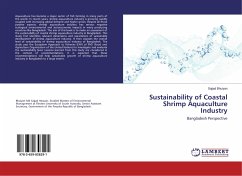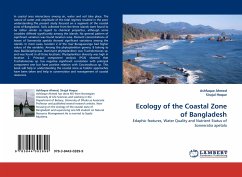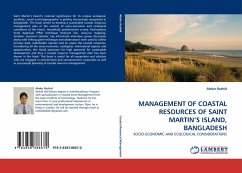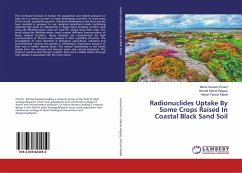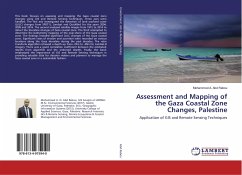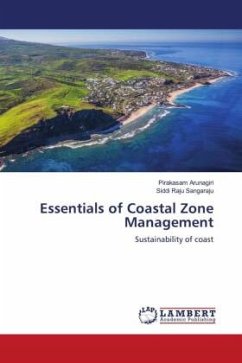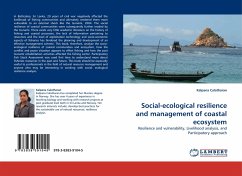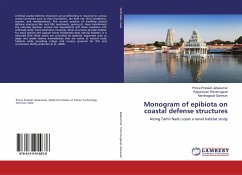
Monogram of epibiota on coastal defense structures
Along Tamil Nadu coast a novel habitat study
Versandkostenfrei!
Versandfertig in 6-10 Tagen
25,99 €
inkl. MwSt.

PAYBACK Punkte
13 °P sammeln!
Artificial coastal defense structures are proliferating in response to various coastal processes such as tidal inundation, sea level rise, land subsidence, erosion, and sedimentation. The current practice of installing coastal defense structures like rock fills; revetments, groins,etc. have transformed the naturally dynamic, erosive and depositional soft shore coastlines into artificially static, hard-substrates. However, these structures provide habitat for many species and support lower biodiversity than natural habitats. It is observed that these zones are colonized by epibiotic organisms s...
Artificial coastal defense structures are proliferating in response to various coastal processes such as tidal inundation, sea level rise, land subsidence, erosion, and sedimentation. The current practice of installing coastal defense structures like rock fills; revetments, groins,etc. have transformed the naturally dynamic, erosive and depositional soft shore coastlines into artificially static, hard-substrates. However, these structures provide habitat for many species and support lower biodiversity than natural habitats. It is observed that these zones are colonized by epibiotic organisms such as algae and sessile marine invertebrates that are native to natural rocky habitats while providing refuge and nursery grounds for fish and crustaceans (Duffy-Anderson et al., 2003).




